Suns of the Sargasso Sea
Golden Glow crossed the Sargasso Sea on our way from Charleston, South Carolina to Turqs and Caicos in early December 2014. While crossing, we witnessed a succession of glorious sunsets and sunrises, and we observed the environment as closely as we could. We were pleased to see lots of healthy aquatic life: birds and fish, and what appeared to be very clean water. The area was also not crowded with boats; we saw relatively few during our crossing.
The Sargasso gets its name from the golden-brown seaweed called sargassum, which floats in massive quantities in the area—we kept getting it caught in our fishing lures when we trolled. The seaweed is unique because it is free-floating or “holopelagic,” meaning it reproduces vegetatively on the high seas, and never attaches to the floor of the ocean during its lifecycle.
The Sargasso Sea is the only sea that is not bordered at least in part by land. It is bounded by the Gulf Stream to the west, the North Atlantic Current to the north, the Canary Current to the east, and to the south by the North Atlantic Equatorial Current.
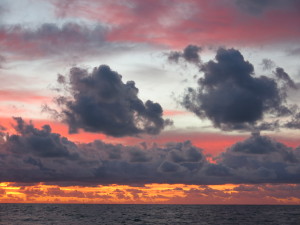
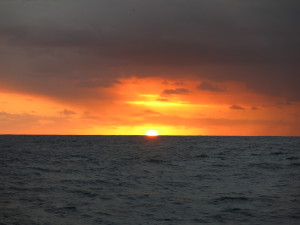 The Sargasso Sea has long attracted the attention of conservationists and scientists. The Sargasso is a haven of biodiversity and there are many species of aquatic life that live in and below the seaweed.
The Sargasso Sea has long attracted the attention of conservationists and scientists. The Sargasso is a haven of biodiversity and there are many species of aquatic life that live in and below the seaweed.
The Sea plays a very important role in the Atlantic ecosystem because it serves as a migratory corridor for sea life, is a rich source of nutritional sustenance for these creatures, and is also their spawning grounds.
Among the ocean creatures in the Sargasso Sea are leatherback sea turtles, humpback whales, and bluefin tuna. The threatened and endangered species there are the Porbeagle shark, the American and European eels, billfish, the tuna and several species of turtle, migratory birds and cetaceans.
Dr. Sylvia Earle, an oceanographer Ellen met at the TED Conference in 2009, and who championed the Sargasso Sea conservation, calls the area “a floating rain forest” because of the diversity of animals found within its seaweed. She talks about some of the threats to the healthy ecology of the area, so we kept our eyes open for signs of these threats.
- Oil, bilge and ballast water discharge from ships
- Concentrations of non-biodegradable plastic waste from ship and land-based sources
- Negative impacts of fishing (e.g. by-catch and habitat impacts)
- Harvesting of Sargassum algae for fertilizer and biofuel
- Seabed mining
- Climate change
- Ocean acidification
We’re happy to report that at least during our sail, we did not observe any of these threats. Let’s hope the ecology of the area is already improving as a result of the work of the Sargasso Sea Commission.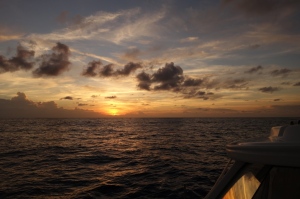
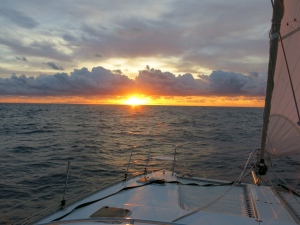
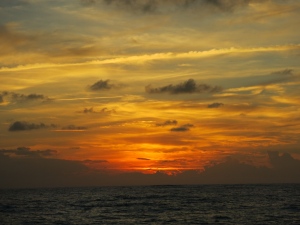
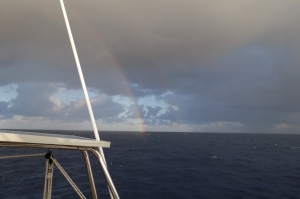

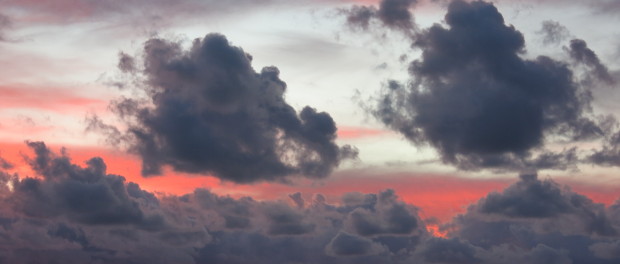
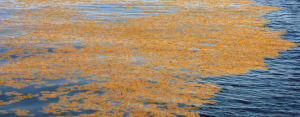
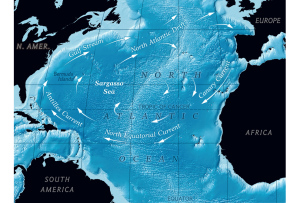




Beautiful pictures, Thanks for posting Maggie Reese